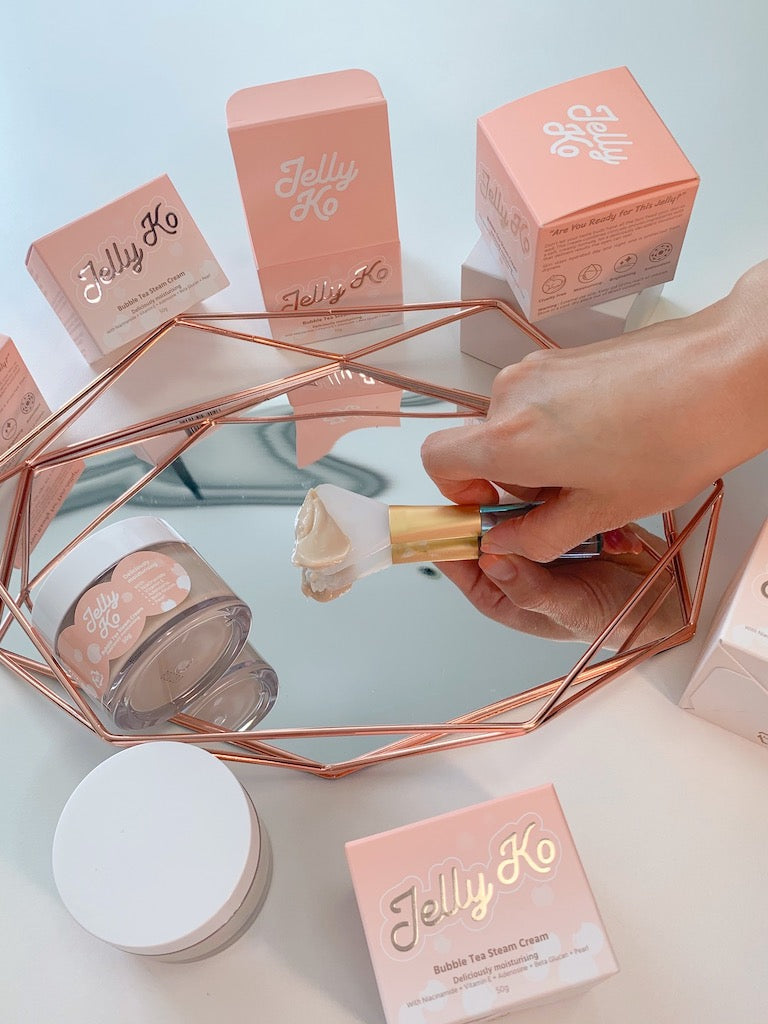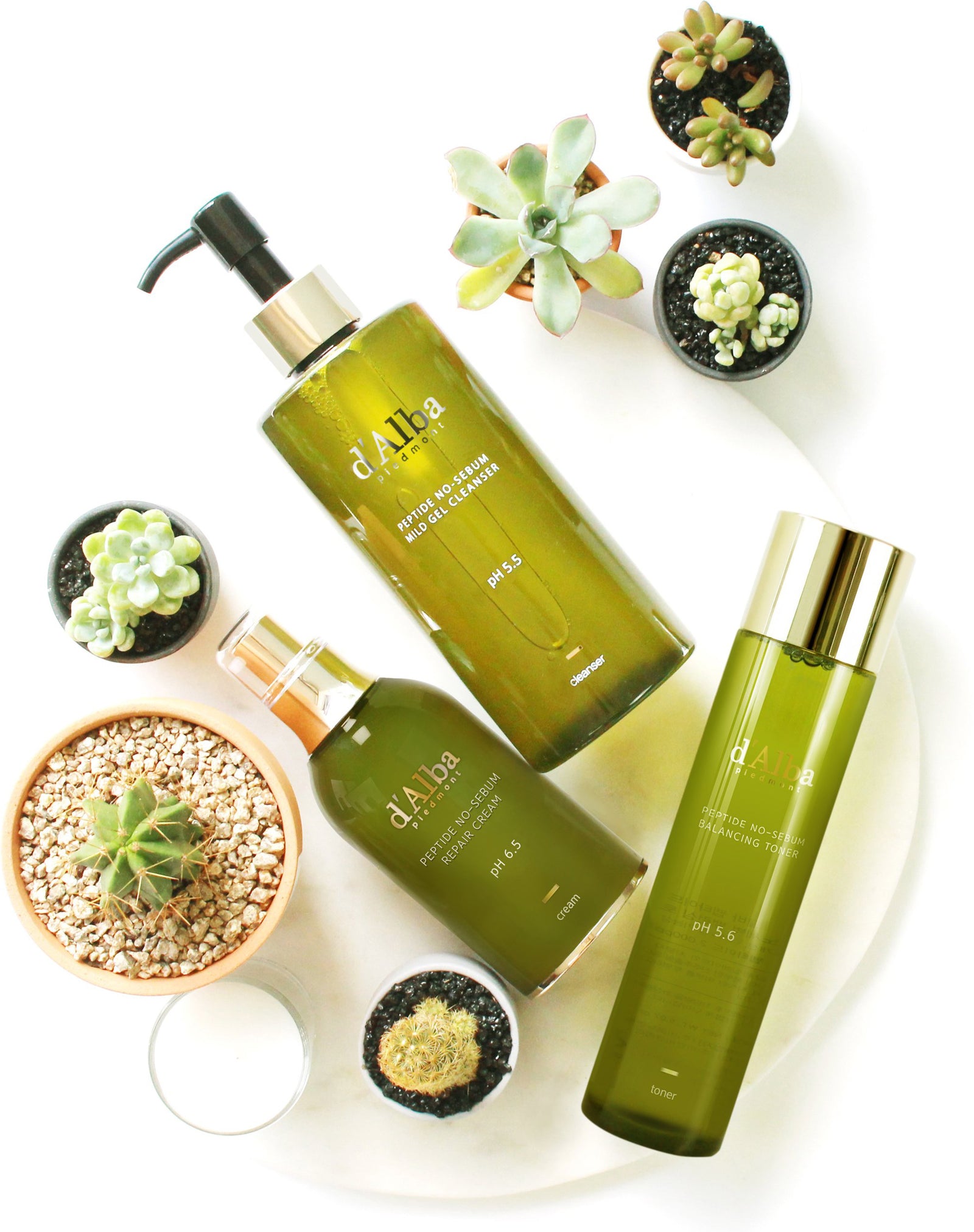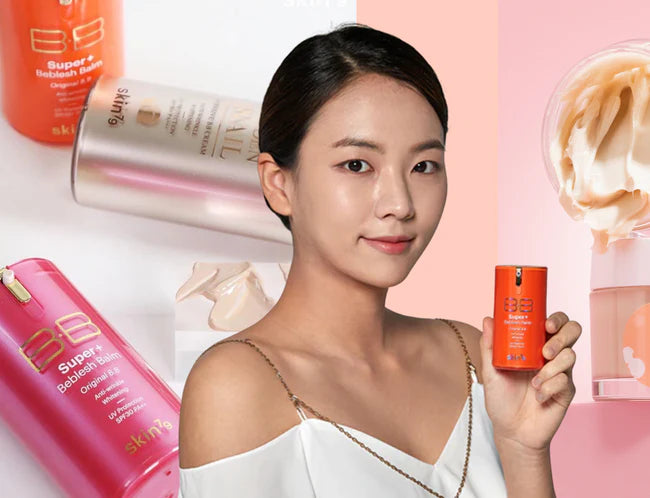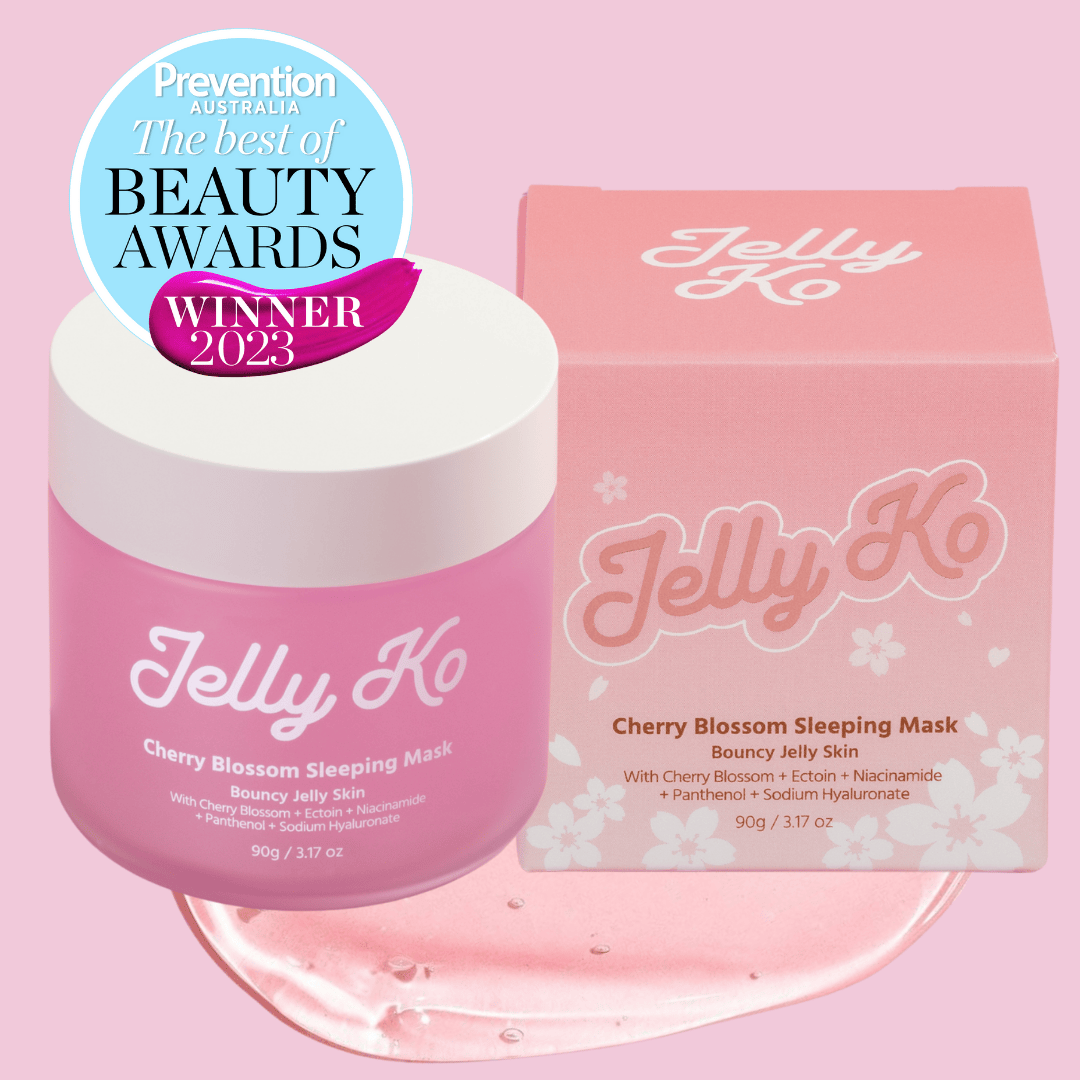Last month to shop K-Beauty on STYLE STORY. We’re moving to K-Beauty consultancy. Details
Menu
How to Read a Cosmetic Ingredients List
November 09, 2021

How to Read a Cosmetic Ingredients List Episode 79 of the Korean Beauty Show Podcast
Podcast Episode Description:
If you’re serious about your skin and your skincare there are a few things you’ll need to know – once you’ve worked out your skin type and how to patch test new products to check for any allergies, take a look at the list of ingredients on your skincare products.
Confused? Let's break that ingredients label down for you.
CONNECT WITH ME
Instagram: www.instagram.com/lauren.kbeauty
Facebook: www.facebook.com/stylestory.au
Website: www.thekoreanbeautyshow.com
Pinterest: https://www.pinterest.com.au/stylestoryau
Tik Tok: https://vt.tiktok.com/ZSaHUgHL/
Download Your Free Guide to K-Beauty:
https://manage.kmail-lists.com/subscriptions/subscribe?a=XgHS8t&g=SmUKy
Episode Summary
NEWS HEADLINES - K-beauty flagship company LG Household & Health Care's stock price falls
Thanks to the slowing demand for cosmetic products in China, the company's stock price fell to its lowest in a year and half. The company is facing uncertainties because no one knows the future demand for cosmetics and how they will be affected by the Chinese government’s regulation on luxury product consumption.
LG Household & Health has a number of luxury brands, including History of Whoo, O’Hui, and SUM:37. A lot of these more hanbang style of products tend to popular in the Chinese market.
QUESTION OF THE WEEK - Best K-Beauty Ampoule for Mature Skin
I have mature skin (I’m 45 years old) and if I had to choose one ampoule, which would be better - d’Alba White Truffle Intensive Ampoule or APLB Glutathione Ampoule?
Based on how dry the skin is, my recommendation is d’Alba White Truffle Intensive Ampoule. It revives fatigued skin while improving the skin's texture and reducing the appearance of wrinkles. Despite being deeply nourishing, the formula is lightweight and fast-absorbing.
If your skin is looking dull, dark or patchy, with time, this ampoule helps to smooth out and even the skin tone for a brighter, younger and more radiant complexion.
It contains some great ingredients, including White Truffle Extract, Inositol, Panthenol, Caviar extract, Niacinamide and Eggplant extract

Decode The Ingredients List
If looking at a cosmetic ingredients label has you wondering if you’re looking at a foreign language, you’re not alone. Not only are the ingredients listed by their INCI names (say what?), some of them are even in Latin! (Yep, actually in a foreign language).
At STYLE STORY we know a thing or two about cosmetic ingredients lists.
As a company that imports cosmetics from Korea to Australia, we need to comply with Australian chemical and ingredients laws.
Australia has one of the strictest regimes in the world for imported cosmetics, which means we’ve had to learn what’s in every single one of our products, down to the last ingredient, it’s function and how much is in the formula. We even need to know the extraction process used and the molecular structures of some ingredients!
What this does mean is that I've spent a lot of time dissecting ingredients lists, and working closely with both the cosmetic companies that manufacture our products and their cosmetic chemists.
While you won’t need to understand your cosmetics in quite so much detail, these are some of the essentials you should know.

Read The Ingredients List From Beginning To End
Cosmetic ingredients are listed in order of their concentrations, meaning the first five or six ingredients make up the bulk of the formula. The exception to this is any ingredients that make up less than 1 percent of the formula, which can be listed in any order the manufacturer likes. The exception is for colorants, which must come last.
Don’t Be Put Off By The Names
Cosmetic ingredients are required to be listed by their INCI names. “INCI” stands for “International nomenclature of cosmetic ingredients”. This is a naming system for ingredients that uses their scientific names.
Plant ingredients are easy to spot because they are listed by their Latin names. You might see things like Centella asiatica, which is cica, Aloe Barbadensis, which is aloe vera, or Camellia Sinensis, which is green tea.
A common myth when interpreting ingredients lists is that if you can’t pronounce the name then it must be bad for you. This is not always true, especially when it comes to cosmetics.
Let’s look at two examples:
- On the one hand, citrus peel is a natural extract. It’s a fruit and can even be eaten! Try putting it on your face however and you’ll make it extremely sensitive to the sun – so sensitive you may even break out in blisters.
- On the other hand, Hyaluronic Acid has “acid” in the name but is actually a humectant. This is a “water binding” ingredient that attracts and draws water to the skin. This ingredient is an excellent moisturiser.

Sensitive Skin Needs Extra Caution
If you have sensitive skin, you’ll know the heartbreak of trying out a new product only to discover you react badly to it.
One tool that can help you to avoid this is CosDNA, a free online directory of cosmetic ingredients that lists their hazard score and whether an ingredient is a known acne irritant or comedogenic.
Although it’s not fool proof as each skin type is different, it is a helpful resource.
It may also help you to look out for these common irritants:
Fragrances – if you see the word ‘parfum’ on the ingredients list, this means the product contains fragrances. Although not everyone is sensitive to fragranced products, if you are, take note.
Essential oils – lavender oil, peppermint oil, sage oil, rosemary oil, tea tree oil etc can cause reactions in some people.
Detergents – Sodium Lauryl Sulfate, Sodium Laureth Sulfate, Cocamidopropyl Betaine are also known to trigger sensitive skin types.
Preservatives – Benzyl Alcohol, Phenoxyethanol and Sodium Hydroxymethylglycinate.

Know The Effective Concentrations Of The Key Ingredients
Just because an ingredient is listed in the middle or at the end of an ingredients list doesn’t mean it’s worthless. This is because certain ingredients work at lower concentrations. For example, niacinamide works effectively at concentrations of 5%; Salicylic acid and retinol work well even at concentrations below 2%.
Unsubstantiated Claims
We’ve all heard products claim to be “natural” or “clean”. But these terms are not regulated, nor are terms like organic and hypoallergenic. This means that cosmetic companies are free to label their products as such if they contain organic or natural ingredients.
Natural is not always better. For one, there are plenty of natural ingredients that are not good for the skin- take lemon juice and baking soda. Both of these can be very disruptive to the skin’s natural pH level, causing inflammation and barrier damage.
Second, if a product is completely natural – that is, free of preservatives – it will go off very quickly, meaning you either have to use it all up or you’ll be throwing it out half full.

Summary
It might seem confronting but learning about what’s in the products you are putting on your face is a good idea. Particularly if you suffer from sensitivities or allergies, it will help you avoid purchases that don’t work for you.
It will also help you to determine whether the price point of a cosmetic is really worth it. Often times, you’ll be surprised to find that extremely expensive products contain nothing more than common fillers like petroleum jelly, lanolin and mineral oil.
STYLE STORY - Your Go-To for K-Beauty
Shop Now
"Natural is not always better. For one, there are plenty of natural ingredients that are not good for the skin- take lemon juice and baking soda."
- Lauren Lee, Host of the Korean Beauty Show Podcast




Leave a comment
Comments will be approved before showing up.